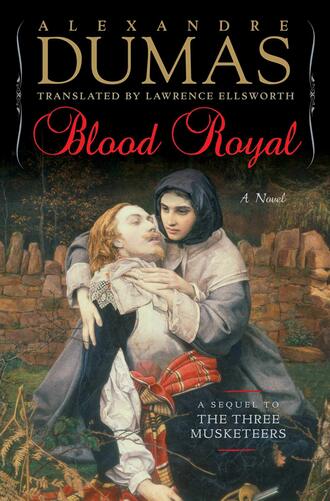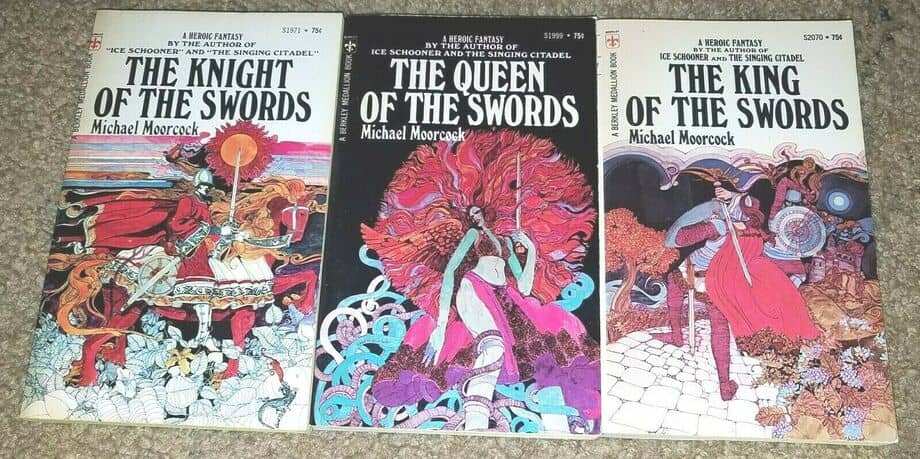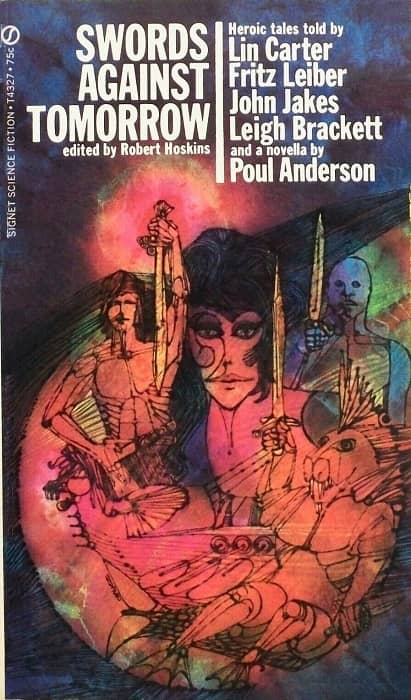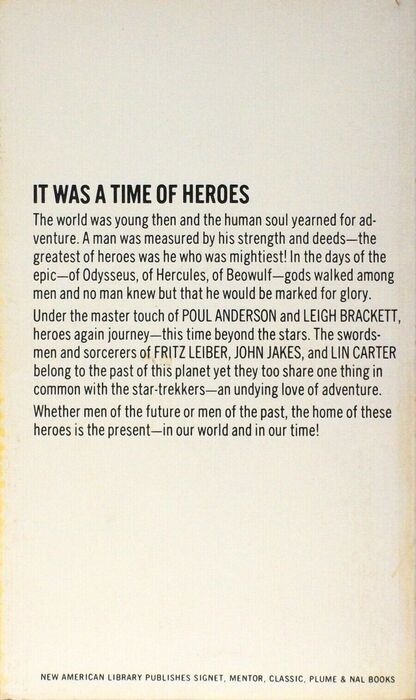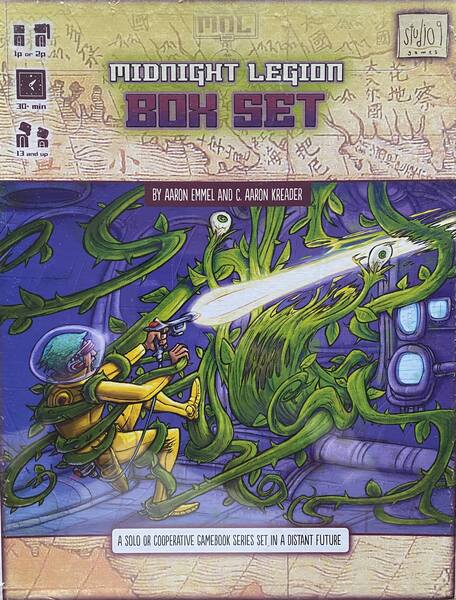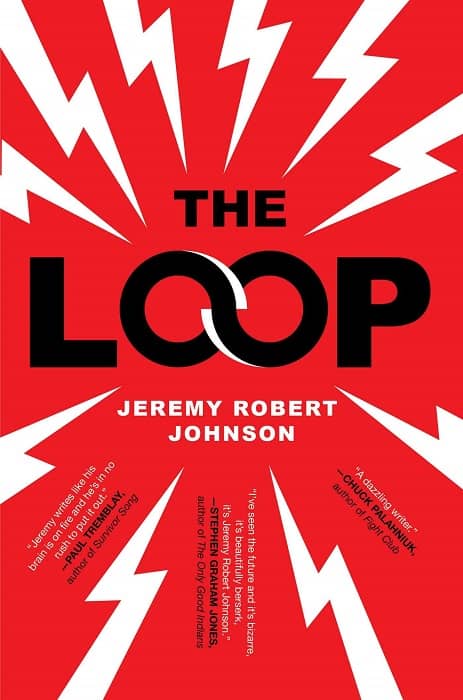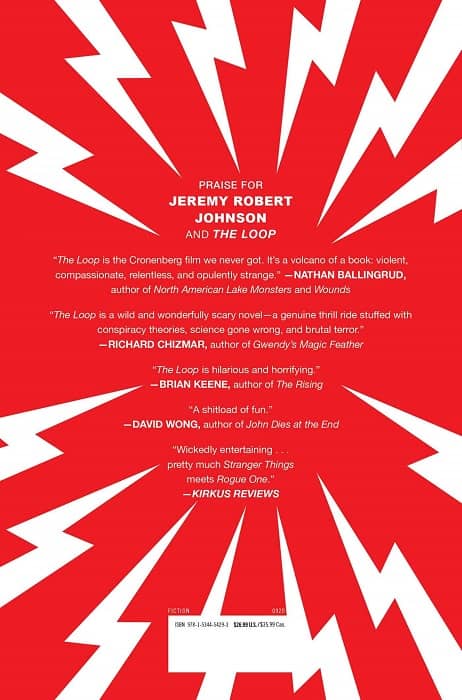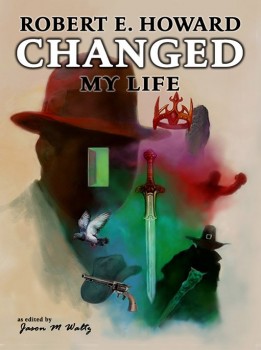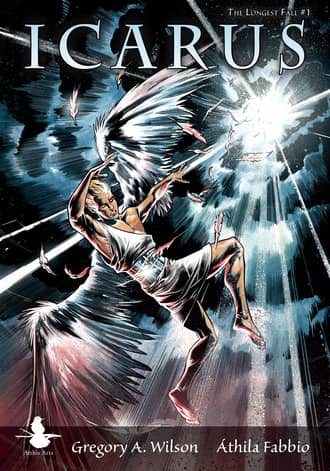Samuel R. Delany on The Shores Beneath, edited by James Sallis
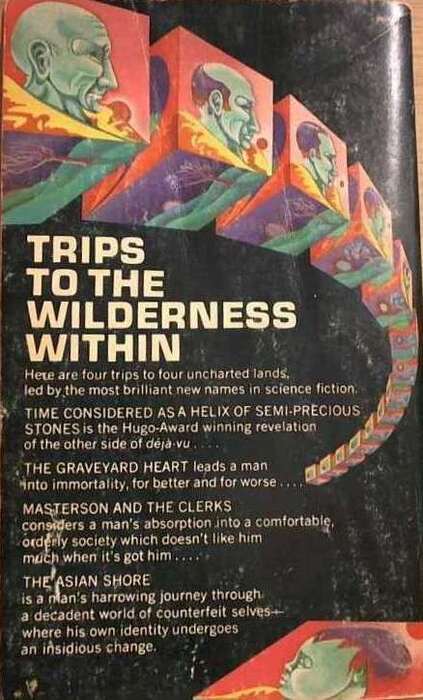 |
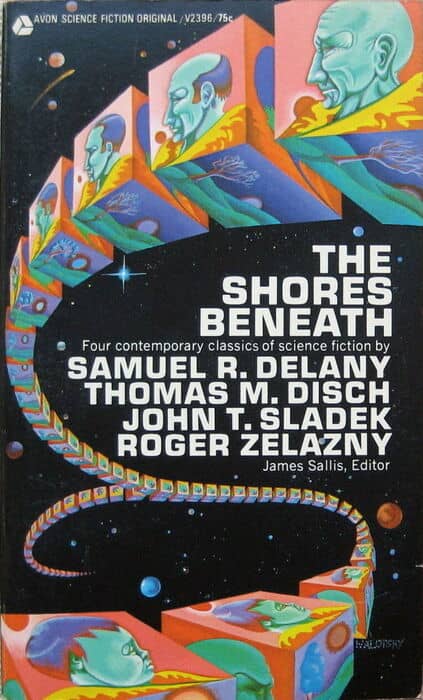 |
The Shores Beneath (Avon, August 1971). Cover by Ron Walotsky
It’s been a good few weeks for obscure SF anthologies. Sunday I talked about the 50-year old Swords & Sorcery anthology Swords Against Tomorrow, which Alan Brown at Tor.com unexpectedly reviewed recently. And two weeks ago the great Samuel R. Delany posted this on Facebook, about James Sallis’ long-forgotten 1971 anthology The Shores Beneath, which collected four tales by Delany, Thomas M. Disch, John Sladek, and Roger Zelazny.
This 1971 collection of four long stories is a collection that made me very happy to be in — though all the stories have been reprinted, it never got the introduction that the editor had promised when he first sold the idea of the book to Avon. I wonder if that has anything to do with why the book was never reprinted.
“The Asian Shore” [by Disch] is an upsetting tale about racism again Muslims. [Zelazny’s] “The Graveyard Heart” is an SF vampire tale. To flip through [John Sladek’s] “Masterson and the Clerks” is to encounter a text that looks just like Aeolus chapter in Ulysses — and to read it is to realize it presents the same theme. The extra information about my own story is actually on the back — it won a Hugo Award (and a Nebula) which is probably why it also got the wonderful Walotsky cover. But might it have [helped] to add that it was a fairly early tale about same-sex desire…? Might even that much extra information have kept the collection itself in print for more than the year it was widely available?
The book dates from the time when Zelazny and I had the same agent — and when Avon was doing some of the most literary books in English. (I assume the in-house editor on the book was George Ernsberger, if not Peter Mayer himself.)
The saddest words of tongue or pen
Are the words “it might have been.”
The Shores Beneath was published by Avon Books in August 1971. It is 192 pages, priced at $0.75. The cover is by Ron Walotsky. It has never been reprinted, and there is no digital edition. See all our recent Vintage Treasures here.
